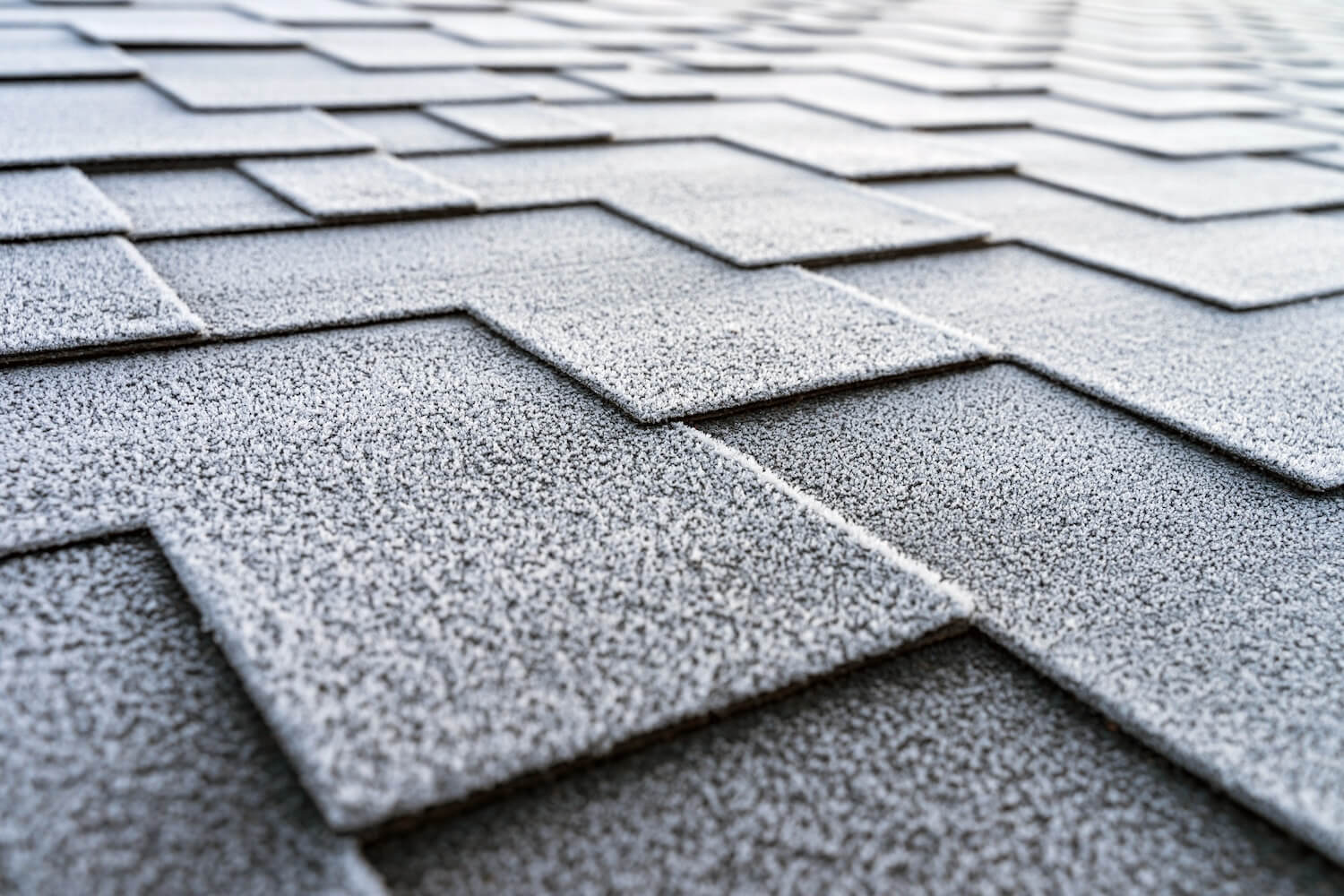As winter approaches, the focus tends to shift toward holiday preparations and staying warm. Yet, one crucial aspect of winter readiness that is often overlooked is ensuring that your roof is in optimal condition. A solid, well-maintained roof is the first line of defense against the harsh elements winter brings—snow, ice, wind, and freezing temperatures. If your roof has undetected issues, waiting until a winter storm strikes could lead to costly damage and emergency repairs. This is why scheduling a winter roofing inspection before the cold sets in is essential.

In this article, we’ll delve into the reasons why you should prioritize a winter roofing inspection now, what the process involves, and how it can save you repair money and stress in the long run.
1. The Importance of Pre-Winter Roofing Inspections
Winter weather can wreak havoc on a compromised roof, turning small, unnoticed issues into big problems. A roofing inspection before winter gives you the opportunity to address minor repairs before they escalate into full-blown emergencies during the cold season. Here’s why it’s critical to act now:
Prevention of Leaks and Water Damage
Snow and ice accumulation on your roof can cause leaks, especially if the roof has existing vulnerabilities like damaged shingles, cracks, or clogged gutters. Once the snow melts, the water can seep into these weak points, leading to moisture damage inside your home. By scheduling a roofing inspection now, professionals can identify potential leak points and ensure your roof is watertight before winter’s worst.
Avoid Ice Dams
Ice dams form when heat escapes through the roof and melts the snow at the top, which then refreezes at the roof’s edge, creating a barrier that prevents proper drainage. This buildup of ice can lead to significant roof damage and leaks. A pre-winter inspection will check for ventilation issues and identify areas where insulation may be lacking, reducing the risk of ice dams forming.
Prolong Roof Longevity
Regular roof inspections, especially before harsh weather conditions, extend the lifespan of your roof. By addressing minor problems early, you prevent premature aging caused by exposure to the elements. An inspection can now catch issues like missing shingles, damaged flashing, or worn-out sealants before winter accelerates their deterioration.
Save on Energy Costs
A well-maintained roof plays a significant role in energy efficiency. Gaps in your roof can allow warm air to escape and cold air to seep in, forcing your heating system to work overtime. Not only does this increase your energy bills, but it also puts undue strain on your heating system. A roofing inspection will ensure that your roof is properly insulated and sealed, helping you maintain a more energy-efficient home during winter.
2. What Does a Winter Roofing Inspection Involve?
A winter roofing inspection isn’t just a quick glance at your shingles. It involves a comprehensive evaluation of all components that affect your roof’s integrity. Here’s what you can expect during a professional inspection:
Shingle and Tile Inspection
Roofing professionals will carefully examine the condition of your shingles or tiles. They will check for any signs of cracking, curling, blistering, or missing materials. These are all red flags that could lead to leaks when snow or ice settles on the roof. Damaged shingles should be repaired or replaced to prevent further damage during winter.
Flashing and Sealant Check
Flashing is the material installed around roof features such as chimneys, vents, and skylights to prevent water from penetrating the roof. During the inspection, the flashing will be checked for gaps, rust, or missing sections. If the flashing is damaged, it’s a prime spot for leaks once snow starts melting. Similarly, any dried-out or cracked sealant around joints and seams needs to be replaced.
Gutter and Downspout Assessment
Gutters and downspouts play a crucial role in directing water away from your roof and foundation. If they’re clogged with leaves, debris, or ice, they won’t function properly. The roofing inspection will include a check of your gutter system to ensure it’s clean and clear. This prevents ice dams and ensures proper drainage, reducing the likelihood of water damage.
Roof Ventilation Evaluation
Proper ventilation is key to maintaining a healthy roof, particularly in winter. Inadequate ventilation can lead to heat buildup in your attic, which contributes to ice dam formation and reduces your roof’s lifespan. During the inspection, professionals will assess the ventilation system to ensure there’s adequate airflow to prevent heat from escaping through the roof.
Attic and Insulation Check
The condition of your attic can provide critical insights into the overall health of your roof. Inspectors will check for signs of moisture, mold, or insulation gaps, which could indicate ventilation problems or potential leaks. Ensuring your attic is properly insulated and ventilated is essential to maintaining your roof’s integrity during winter.
3. The Risks of Skipping a Winter Roofing Inspection
Some homeowners may assume that their roof is fine if there are no visible problems. However, many roofing issues develop gradually and aren’t easily detectable without a professional inspection. Here are the risks of neglecting a winter roofing inspection:
Expensive Emergency Repairs
Winter storms can exacerbate roofing issues that have gone unnoticed, leading to emergency repairs that are not only costly but also inconvenient. Snow-covered roofs make repairs more dangerous and challenging, potentially increasing labor costs. By investing in a roofing inspection now, you can avoid these emergency situations and the high price tag that comes with them.
Structural Damage
Unchecked roof damage can lead to serious structural problems. For example, if leaks aren’t addressed promptly, they can cause wood rot, weaken the roof’s foundation, and even compromise your home’s structural integrity. Over time, this can result in the need for a full roof replacement, which is significantly more expensive than routine repairs.
Damage to Personal Property
A leaky roof can lead to water damage inside your home, affecting ceilings, walls, furniture, and personal belongings. If moisture infiltrates your home, it can also lead to mold growth, which poses health risks to your family. A winter roofing inspection can help you avoid the headache of interior water damage and mold remediation by addressing issues before they spiral out of control.
4. Why Winter is the Worst Time for Roofing Repairs
Performing roofing repairs in winter is far from ideal. Cold temperatures, snow, and ice make it difficult to work on roofs safely and efficiently. Here’s why you should avoid waiting until winter to address roofing issues:
Limited Availability of Roofing Contractors
Roofing contractors are in high demand after major winter storms due to emergency repairs. This means that you may struggle to find a reliable contractor who can address your roofing issues promptly. By scheduling an inspection now, you can avoid long wait times and ensure that your roof is in top shape before the winter rush.
Higher Repair Costs
Due to the increased difficulty of working in winter conditions, roofing repairs are often more expensive during the colder months. Snow and ice add layers of complexity to repairs, leading to longer project timelines and higher labor costs. Handling repairs now, before winter hits, allows for a smoother process and a lower bill.
Increased Risk of Roof Collapse
Snow accumulation on a damaged roof can cause excessive strain, increasing the risk of a roof collapse. If your roof has weak points due to structural damage or missing shingles, the added weight of snow and ice could cause significant damage. A roofing inspection before winter ensures that your roof is strong enough to withstand the weight of winter weather.
5. Winter Roofing Maintenance Tips
While a professional inspection is essential, there are also steps you can take to maintain your roof throughout the winter. Here are a few tips to keep in mind:
Regular Snow Removal
If you live in an area with heavy snowfall, regularly removing snow from your roof can prevent ice dams and reduce the risk of collapse. Use a roof rake or hire a professional to safely clear snow without damaging the shingles.
Monitor for Leaks
Keep an eye on your ceilings and attic during winter. If you notice any signs of water stains or leaks, contact a roofing professional immediately to assess and address the issue before it worsens.
Keep Gutters Clear
Make sure your gutters remain clear of debris throughout the winter. If they become clogged, melting snow won’t be able to drain properly, leading to ice dams and potential water damage.
You Need a Winter Roof Inspection Conclusion: Don’t Wait for the Storm
Winter is a season of unpredictable weather, and your roof plays a vital role in protecting your home. A winter roofing inspection is a proactive measure that ensures your roof is ready to face the challenges of snow, ice, and freezing temperatures. By identifying and addressing potential issues now, you can prevent costly repairs, extend the life of your roof, and enjoy peace of mind throughout the winter months.
Don’t wait for a storm to reveal hidden roof damage—schedule your winter roofing inspection today and safeguard your home against the elements.










